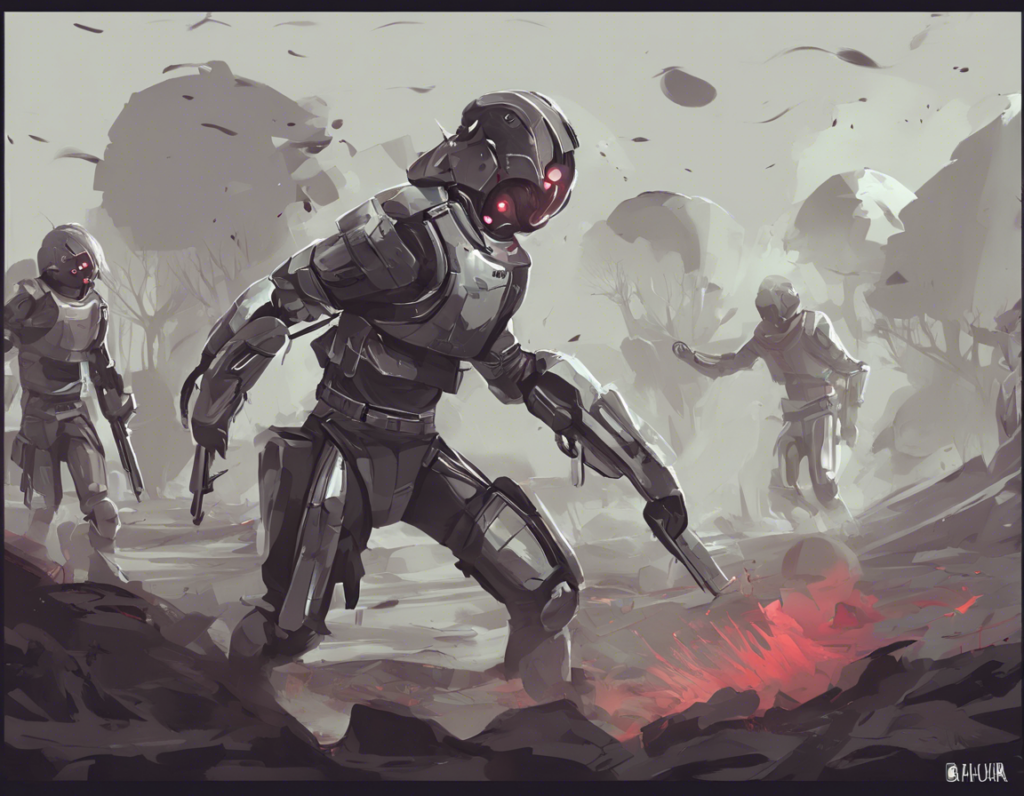Introduction
The Chauri Chaura incident is a significant event in Indian history that took place on February 5, 1922, in the town of Chauri Chaura in the United Provinces of British India. This incident marked a turning point in the Indian independence movement and had far-reaching consequences for the future of India’s struggle for freedom from British colonial rule. In this blog post, we will delve into the details of the Chauri Chaura incident, its causes, impact, and legacy.
The Background
1. The Non-Cooperation Movement
– The Chauri Chaura incident occurred in the context of the Non-Cooperation Movement launched by Mahatma Gandhi in 1920.
– The movement aimed to peacefully resist British colonial rule through nonviolent means such as boycotts, strikes, and civil disobedience.
2. Economic Hardships
– The Indian peasantry and working class were facing severe economic hardships due to British policies such as high taxation and land revenue.
– The dissatisfaction and resentment among the Indian population towards the British government were on the rise.
The Incident
1. Protests at Chauri Chaura
– On February 5, 1922, a group of protesters gathered outside the Chauri Chaura police station in response to the arrest of their fellow villagers for participating in the Non-Cooperation Movement.
– The situation escalated, and the protesters clashed with the police, leading to violence and chaos.
2. Setting the Police Station on Fire
– In the heat of the moment, the protesters set fire to the Chauri Chaura police station, resulting in the deaths of 22 police officials who were inside the building.
– This violent turn of events shocked the Indian leadership, including Mahatma Gandhi, who suspended the Non-Cooperation Movement as a result.
Impact
1. Gandhi’s Decision
– Following the Chauri Chaura incident, Mahatma Gandhi was deeply disturbed by the turn of events and felt that the Non-Cooperation Movement had lost its nonviolent character.
– Gandhi took full responsibility for the incident and believed that calling off the movement was necessary to prevent further violence and bloodshed.
2. Shift in Strategy
– The suspension of the Non-Cooperation Movement marked a shift in the Indian independence movement towards a more cautious and strategic approach to resisting British rule.
– Gandhi emphasized the importance of nonviolence and civil disobedience as the guiding principles of the freedom struggle.
Legacy
1. Lessons Learned
– The Chauri Chaura incident served as a crucial lesson for the Indian independence movement, highlighting the dangers of resorting to violence in the struggle for freedom.
– The incident underscored the necessity of disciplined and nonviolent resistance as a more effective means of challenging colonial oppression.
2. Impact on British Perception
– The Chauri Chaura incident also had an impact on the British government’s perception of the Indian independence movement.
– The use of violence in Chauri Chaura strengthened the resolve of the British authorities to crack down on dissent and reinforced their perception of Indian nationalist leaders as radicals.
Frequently Asked Questions (FAQs)
1. What led to the Chauri Chaura incident?
The Chauri Chaura incident was sparked by the arrest of protesters participating in the Non-Cooperation Movement and the economic hardships faced by the Indian population under British colonial rule.
2. How did Mahatma Gandhi react to the Chauri Chaura incident?
Mahatma Gandhi was deeply troubled by the violence at Chauri Chaura and took full responsibility for the incident, leading to the suspension of the Non-Cooperation Movement.
3. What was the immediate impact of the Chauri Chaura incident on the Indian independence movement?
The incident led to the suspension of the Non-Cooperation Movement and a shift towards a more cautious and strategic approach to resisting British rule.
4. What lessons were learned from the Chauri Chaura incident?
The incident highlighted the dangers of resorting to violence in the freedom struggle and emphasized the importance of nonviolent resistance as a more effective means of challenging colonial oppression.
5. How did the Chauri Chaura incident affect British perceptions of the Indian independence movement?
The use of violence in Chauri Chaura reinforced the British government’s resolve to crack down on dissent and reinforced their view of Indian nationalist leaders as radicals.
In conclusion, the Chauri Chaura incident holds a pivotal place in the history of India’s independence movement, serving as a stark reminder of the principles of nonviolence and civil disobedience championed by Mahatma Gandhi. By understanding the causes, impact, and legacy of this tragic event, we gain valuable insights into the complexities of the struggle for freedom and the sacrifices made by those who fought for a free and independent India.
